1. The Great Molasses Flood – Boston, Massachusetts
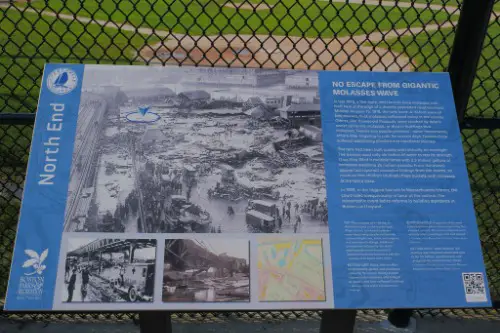
In 1919, a massive tank of molasses burst in Boston’s North End, sending a wave through the streets that killed 21 people and injured over 150. Most locals walk past the site today without realizing a sticky disaster once swept through their neighborhood. The marker notes the event, but it often feels like an odd footnote in a city known for the Freedom Trail and Fenway Park. It’s a reminder that sometimes history isn’t about battles or famous figures—it’s about unexpected tragedies.
Visitors often find it hard to picture the streets filled with knee-high molasses, but newspapers at the time described it as chaos in slow motion. Horses and carriages were trapped, and buildings were damaged, leaving a community in shock. The incident also led to stricter building regulations in Boston, though that fact is rarely discussed on the plaque. It’s a fascinating example of industrial risk that left a permanent mark on the city’s landscape.
2. The Battle of Athens – Athens, Tennessee
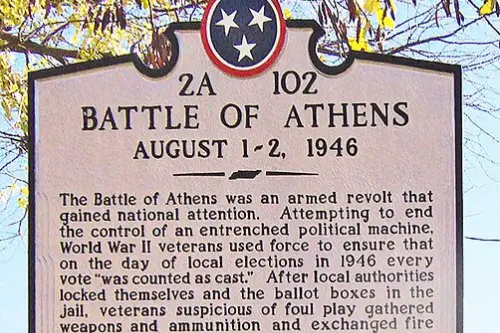
In 1946, a small town in Tennessee saw a literal rebellion against corrupt local officials in what is known as the Battle of Athens. Returning World War II veterans led an armed uprising to ensure fair elections, a story that feels like something out of a movie. The historical marker commemorates the event, but few casual visitors know that democracy was almost literally fought for on the streets. It’s an obscure but powerful piece of American political history that highlights citizen action.
The veterans stormed the local jail and successfully pressured officials to step down, changing the town’s political landscape overnight. While it sounds like an exaggeration, this wasn’t a symbolic protest—it involved real firearms and actual casualties. Today, residents might stroll past the marker without realizing how close their town came to becoming nationally famous for an armed revolt. It’s a vivid reminder that democracy can sometimes require extreme measures.
3. The Great Blizzard of 1888 – New York, New York
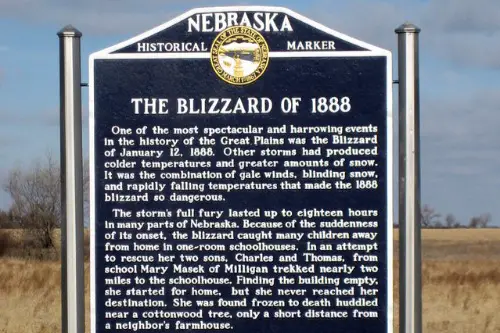
Most New Yorkers today think of snow as a minor annoyance, but in March 1888, a blizzard dropped over 20 inches of snow in less than 24 hours, paralyzing the city. The historical marker notes the storm but rarely conveys just how catastrophic it was. Railroads froze, businesses closed, and hundreds of people died, making it one of the deadliest storms in U.S. history. It’s easy to forget that urban planning and infrastructure improvements were influenced by extreme weather long before modern forecasting.
The blizzard’s chaos prompted New York to start building underground transportation systems and to better manage snow removal. At the time, horse-drawn carriages were trapped, and supplies ran short across the city. Today, when people walk past the plaque, they rarely imagine the streets buried under feet of snow. It’s a quiet testament to a natural disaster that reshaped city logistics.
4. The Pig War – San Juan Island, Washington
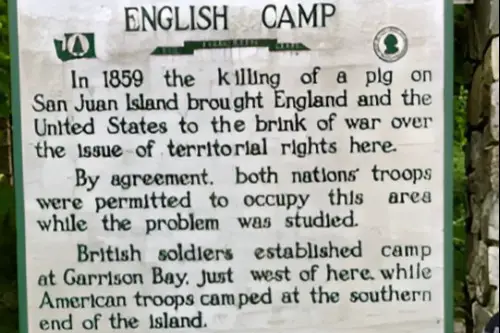
In 1859, a territorial dispute between the U.S. and Britain escalated over something as ridiculous as a pig eating a farmer’s potatoes. Locals might see the marker and chuckle, assuming it’s a joke, but the incident nearly sparked a full-scale military conflict. Troops from both nations were stationed on the island for months, waiting for diplomacy to resolve the crisis. It’s a peculiar story of how minor misunderstandings can balloon into historical standoffs.
The pig itself was shot, and tempers flared to the point that cannons were loaded on both sides. Thankfully, no human lives were lost, but the tension was very real, and the U.S. ultimately took control of the island. The marker stands as a reminder that history isn’t always about wars over ideology—sometimes it’s about potatoes. It’s both absurd and strangely meaningful in understanding border disputes.
5. The Spanish Influenza Hospital – Kansas City, Missouri
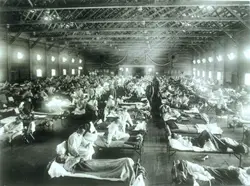
During the 1918 flu pandemic, Kansas City converted a building into an emergency hospital to handle the overwhelming number of patients. The marker is easy to miss, tucked away on a quiet street, and most passersby have no idea it commemorates a health crisis that killed thousands locally. It’s a sobering reminder of how pandemics have long shaped urban communities. This marker underscores the human impact of global events on small local neighborhoods.
The hospital operated under extreme conditions, with makeshift wards and minimal supplies. Nurses and volunteers risked their lives to care for the sick, often working around the clock. Today, people stroll past the marker, unaware of the suffering and dedication that once filled that space. It’s a piece of hidden history that resonates strongly given modern experiences with pandemics.
6. The Pig Iron Rebellion – Johnstown, Pennsylvania
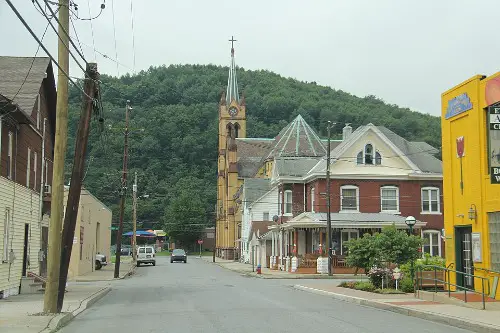
In 1916, steelworkers in Johnstown protested wage cuts by shutting down a plant and engaging in small-scale skirmishes with police. The marker notes the rebellion but doesn’t fully convey the desperation that fueled it. Most locals today know Johnstown for the flood of 1889, not labor unrest. Yet this protest exemplifies the struggles of industrial America during the early 20th century.
The workers’ fight was brief but intense, reflecting broader tensions between laborers and industrial magnates. Injuries occurred, and the local economy felt the shockwaves for months. Walking past the plaque now, it’s easy to forget that everyday people risked their safety for fair treatment. It’s a reminder that labor history is full of quiet, nearly forgotten battles.
7. The Lost Colony – Roanoke Island, North Carolina
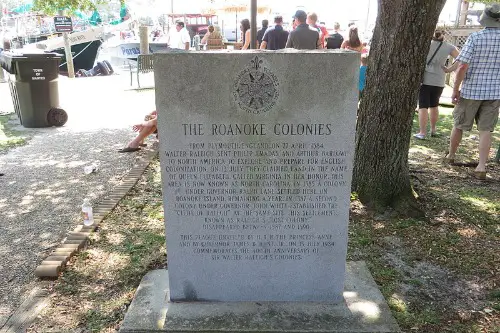
The marker for the Lost Colony commemorates the mysterious disappearance of English settlers in 1587. While the story is well-known in textbooks, many locals don’t realize how little we actually know about what happened. The letters “CROATOAN” carved into a tree remain the only clue. It’s a haunting story of survival, mystery, and early colonial struggles.
The settlers’ fate has inspired countless theories, from assimilation with local tribes to disease outbreaks. Archaeologists continue to search for evidence, but nothing conclusive has emerged. The marker quietly hints at a historical puzzle that has fascinated generations. Most visitors pass without grasping the depth of uncertainty surrounding these early American pioneers.
8. The Saint Augustine Slave Market – St. Augustine, Florida
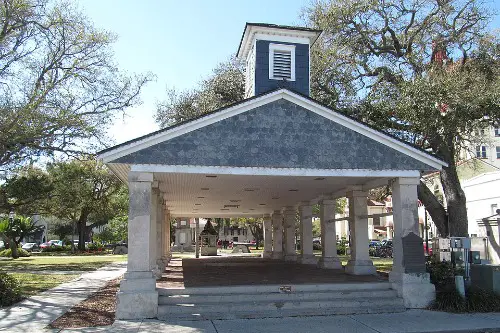
This marker highlights a site where enslaved Africans were bought and sold during the colonial era. For many residents and tourists, the marker is easy to overlook amid the city’s beautiful architecture and beaches. Yet it marks a deeply significant and often unspoken part of American history. Recognizing it provides context for the social and economic foundations of the region.
The market operated under Spanish and later American control, leaving a lasting impact on the city’s culture and population. Archaeological work has uncovered artifacts that testify to the human lives affected by this trade. Walking past today, it’s sobering to think about the people who suffered in that very spot. The marker serves as a quiet but essential reminder of injustice.
9. The Battle of Pine Bluff – Pine Bluff, Arkansas
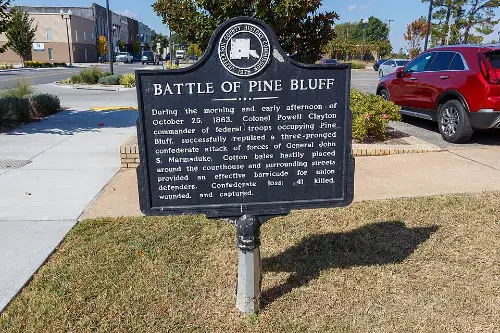
During the Civil War, Union and Confederate forces clashed in Pine Bluff, Arkansas, in 1863. The marker notes the battle, but many locals don’t realize it involved strategic use of earthworks and defensive tactics unusual for the region. It was a small engagement compared to Gettysburg, but it had local significance in controlling Arkansas’s rivers and transportation routes. This quiet battlefield tells a larger story about the war’s reach into everyday communities.
The Union forces successfully defended the town, influencing control over nearby areas. Skirmishes resulted in casualties and property damage, though the scale is often minimized in historical narratives. Residents may walk past the site without knowing it shaped local loyalties during the Civil War. The marker is a subtle invitation to explore the complexities of wartime strategy and local impact.
10. The Mothman Sightings – Point Pleasant, West Virginia
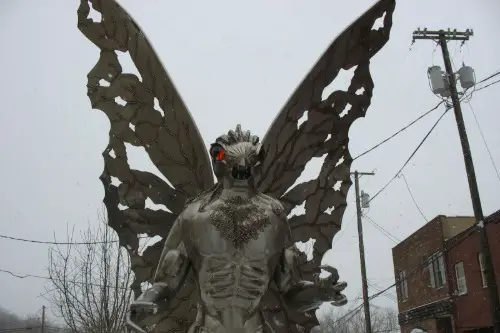
In the 1960s, Point Pleasant became the epicenter of mysterious “Mothman” sightings, reported before the tragic Silver Bridge collapse in 1967. The marker commemorates the folklore, but locals often treat it as quirky legend rather than historical fact. Still, the sightings sparked nationwide media attention and have become a cultural touchstone. The marker serves as a bridge between history and the strange, unexplained side of community memory.
Eyewitnesses described a large winged creature with glowing red eyes, sparking panic and curiosity alike. The folklore persists in festivals and tourist attractions, blending myth with local history. It’s a rare example where a historical marker commemorates not a battle or disaster, but a mysterious event. The story reminds visitors that history isn’t always logical—it can be wonderfully strange.
11. The Great Fire of 1904 – Baltimore, Maryland
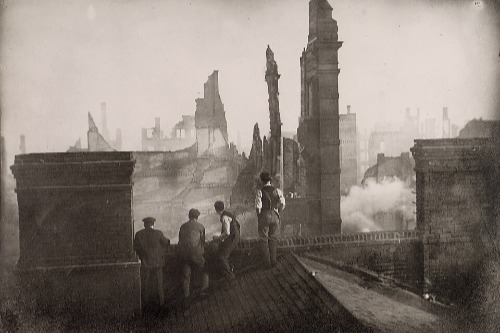
Baltimore’s 1904 fire destroyed more than 1,500 buildings, yet the marker sits quietly among modern streets. Few locals recall the sheer scale of the damage, which displaced thousands and reshaped the city’s architecture. It was one of the largest urban fires in American history at the time. The plaque reminds residents that disasters can alter the course of urban development in profound ways.
Firefighting efforts were heroic but limited by technology, highlighting the vulnerability of early 20th-century cities. Rebuilding led to new fire codes and building standards that continue to influence Baltimore’s landscape. Walking past the marker, it’s easy to miss the tragedy that once dominated the skyline. It’s a reminder of resilience and urban evolution.
12. The Silent Parade – New York, New York
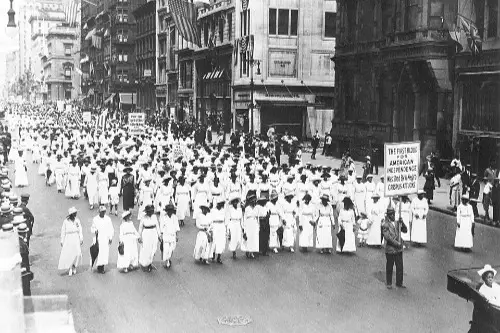
In 1917, thousands of African Americans marched silently down Fifth Avenue to protest racial violence, creating one of the first major civil rights demonstrations in the U.S. The marker commemorates the march, but its significance often flies under the radar compared to other New York landmarks. Participants wore black and carried signs demanding justice, making it a powerful visual statement. It’s a hidden story of protest that deserves more recognition in local memory.
The parade was organized in response to lynchings and racial injustice, showing the early momentum of civil rights activism. It drew media attention and influenced subsequent movements across the country. Today, visitors may pass without knowing the courage displayed on that street. The marker quietly preserves a story of dignity and determination.
13. The Donner Party Encampment – Truckee, California
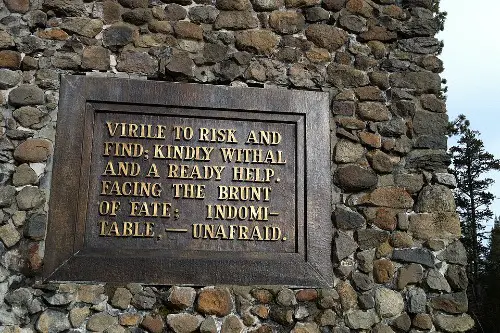
The Donner Party’s ill-fated journey west ended near Truckee, California, where survivors faced starvation and extreme conditions. The marker notes the encampment but often fails to capture the sheer desperation endured by travelers. It’s a story of human endurance and tragedy during the westward expansion. Locals walking by may not realize this was one of the most harrowing episodes of pioneer history.
Snow trapped the group in the Sierra Nevada, forcing survivors to make unimaginable choices. Rescue parties eventually arrived, but not before many perished. The marker commemorates the resilience and suffering of these early settlers. It’s a stark, sobering reminder of the dangers faced during America’s expansion.
14. The Great Blizzard of 1899 – Chicago, Illinois
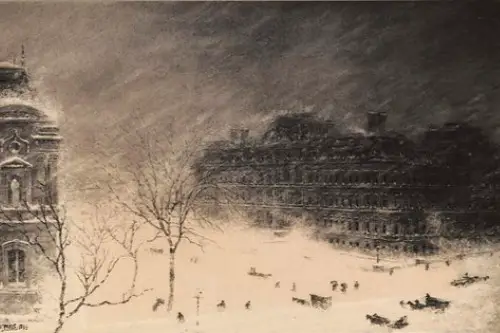
Chicago experienced a ferocious blizzard in 1899 that is largely forgotten today. The marker stands near Lake Michigan, but locals rarely consider how the storm affected daily life, commerce, and transportation. Temperatures plummeted and snow drifted over rooftops, leaving the city immobilized for days. It’s a striking example of how severe weather can shape urban history.
People struggled to obtain food, firewood, and other necessities, highlighting the vulnerability of city dwellers before modern infrastructure. Newspapers chronicled the hardships, yet the storm’s memory faded over the decades. Walking past the marker now, it’s easy to underestimate the event’s intensity. It’s a reminder that history includes not just wars and politics, but also battles against nature itself.
This post 14 Historical Markers That Reference Events Locals Don’t Really Know About was first published on American Charm.


